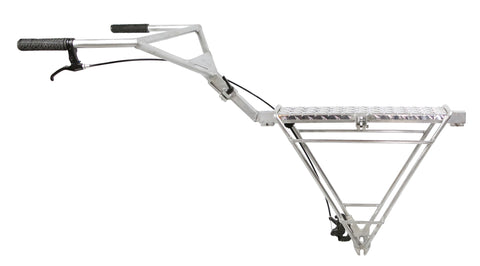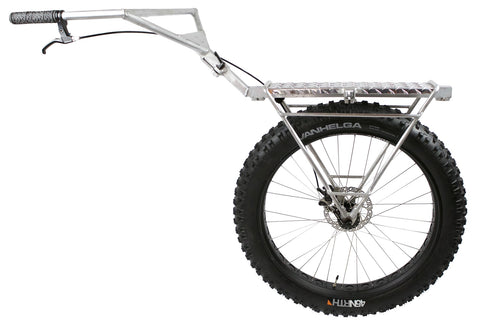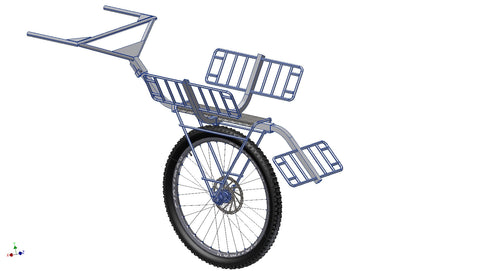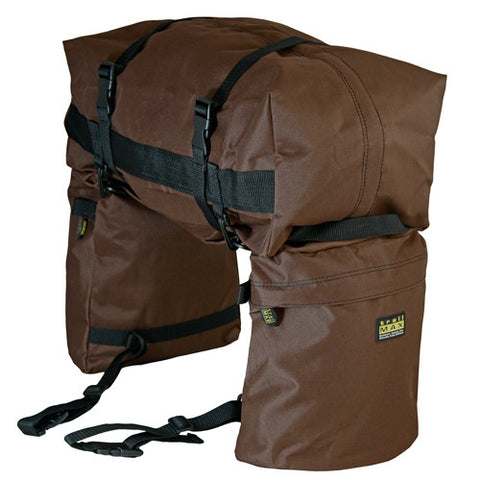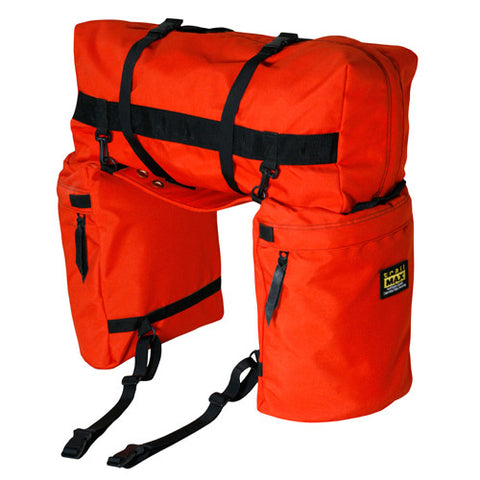10 Bug Out Bag Considerations for the Practical Prepper
Natural and manmade catastrophes continue to happen more and more often. Over 1,000 disasters occurred throughout the world in 2015, according to the Insurance Information Institute. They killed 23,000 people and inflicted $90 billion in damage. Newsweek reports that many Americans have reacted by purchasing bug out bags and becoming practical preppers. This trend has even inspired one of the most watched television shows in history called Doomsday Preppers.
Bug Out Bags and Disaster Kits
One way to boost emergency preparedness is to assemble a bug out bag. This type of kit contains a comprehensive assortment of gear and necessities. The items range from dehydrated food and water to duct tape. Practical preppers can ensure the survival of family members and friends during storms, wildfires, food shortages and other hazardous events.
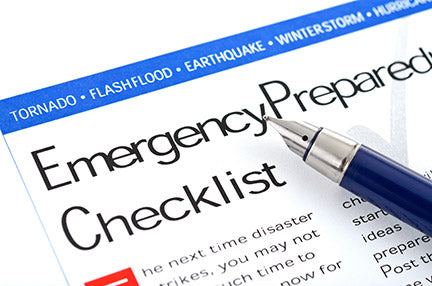
Bug Out Bag Checklist
1. Water
The Centers for Disease Control and Prevention has urged the public to set aside extra tap or bottled water. Remember to keep an eye on the expiration dates. If you use tap water, replace it after six months. The CDC suggests keeping a minimum of three gallons for each person or pet. However, this amount will only last about three days or one gallon per person per day. Filters and purification tablets may prove useful if you run out of water. Remember, water is needed for more than hydration.

2. Food
The LDS Church offers helpful advice on emergency preparedness. Their expertise and recommendations are a result of their humanitarian experience working across the globe with local organizations following natural disasters and assisting refugees in partnership with USAID. Their advice encourages people to gradually store three months worth of extra food. They recommend long-lasting yet nutritious items, such as rice, oats, wheat and pasta. For a short term situation on the move, a bug out bag should also contain cooking-related tools such as matches and a camping stove with fuel.

3. Clothing
Set aside some spare clothes that fit well. This will save time if you need to leave in a hurry. Extra clothing becomes particularly helpful when a disaster strikes. You'll need to rotate clothes to ensure that they're suitable for the current season. It is recommended to prepare for cold temperatures even during warmer seasons. Prepare for the unexpected. A compact sewing kit could come in handy during a long-term emergency. Never forget to include a space blanket for each person.

4. Shelter
If a disaster damages your home, you are away from your home and food supply, or an emergency otherwise forces you to travel elsewhere, then you might need a portable shelter. You can create a basic tent with a tarp, rope and two poles or trees. However, a high-quality zippered tent will provide much better protection from insects and moisture. Be sure to bring sleeping bags and travel-size pillows as well. A good shelter provides as many benefits for improving morale as it does protection from the elements.
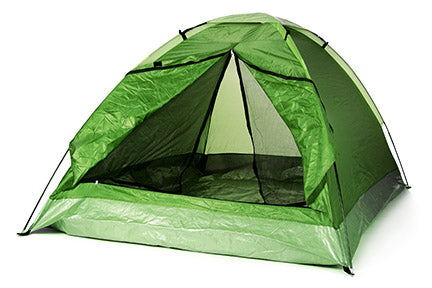
5. Hygiene
Poor sanitation can easily cause infections and illness when people lack running water. To avoid this danger, pack some disinfectant wipes, hand sanitizer and even disposable gloves. Don't forget to include sufficient bath tissue. The Bug Out Bag Academy recommends putting travel-size toothpaste and toothbrushes in every kit. Many drug stores carry these items. They are also lightweight and take up little space. Also, don't forget your Campsuds.
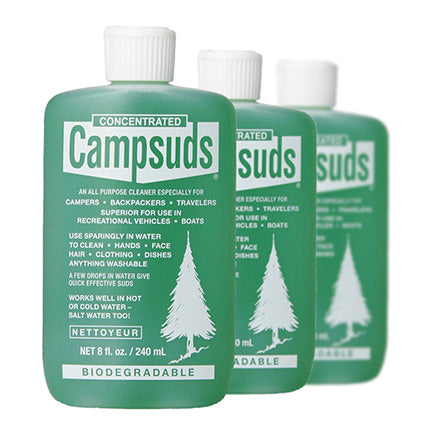
6. First Aid
The American Red Cross provides a detailed list of suggested first aid products. Among other things, they include gauze pads, bandages, tweezers and pain relievers. Mymedic.com offers amazing customizable first aid kits. Remember to periodically check the expiration dates on medicines and ointments. Store them at a moderate temperature; avoid keeping your bag in a hot attic or uninsulated garage.
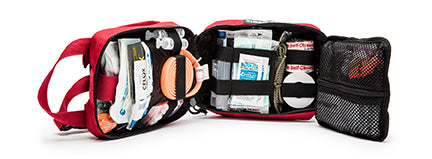
7. Mobility
If you must evacuate, you may find it difficult to move a large stockpile of food and water. It's often unrealistic to carry enough supplies in backpacks or shopping bags. This is particularly the case for families with children. Fortunately, the Honey Badger Wheel provides a highly effective solution.
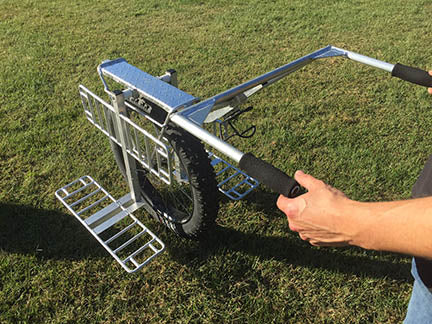
This all-terrain hiking cart enables one adult to easily move 150+ pounds. If desired, you can put all of your supplies in a pannier system provided by TrailMax and available here online. The Honey Badger Wheel is collapsible and can also be stored in the back of a vehicle with your bug out bag.
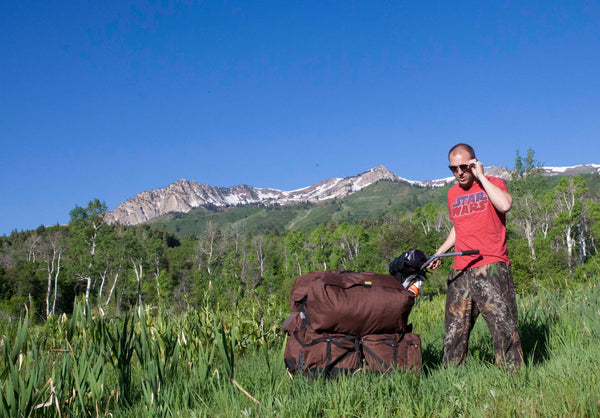
8. Lighting
Take the time to prepare for the darkness that accompanies a power outage. Flashlights and batteries sometimes fail at the least convenient times, so it's wise to pack several spare units. Buy a lantern or candles and waterproof matches as well. Lithium batteries remain expensive, but they last longer than other types and rarely corrode. Keep in mind that rechargeable units gradually lose power as they sit unused. Be sure to swap out batteries each year.
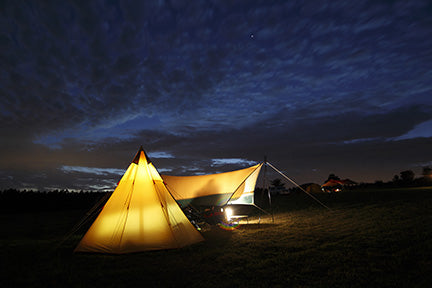
9. Communications
Although they frequently work during blackouts, both corded and cellular phones may fail when major disasters strike. Think about adding portable two-way radios to your kit. Some preppers pack loud noisemakers, such as sirens or whistles. A compact AM/FM radio can help you stay informed, especially if it also tunes the weather band.
Consider buying a crank-powered model with a cellphone charger. Consider getting a license to operate and understand HAM radio systems. These radios are more expensive, but are also hand-held and allow for long-range communications with the outside world.
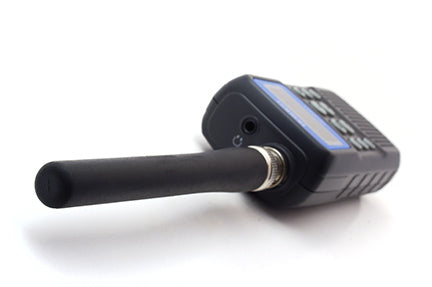
10. Self-Defense
Sadly, some individuals take advantage of emergency situations to commit crimes. A prepper could easily become a target for thieves who want to steal priceless survival gear. This includes food and water. Think about obtaining pepper spray or a lightweight firearm. Some emergency preparedness websites recommend using a sharp knife, but this tool provides a rather risky form of self-defense. The same websites often excite readers about an upcoming "zombie apocalypse"; be sure to conduct research cautiously.
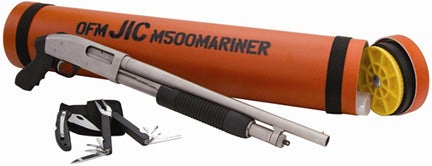
Bug Out Bag Final Thoughts
Even when you have the benefit of a Honey Badger Wheel, it remains vital to choose your equipment and supplies with care. There's a significant chance that you'll need a screwdriver during an emergency, but a full-size toolbox is overkill. Keep your tools simple and include a Leatherman or Gerber multi-tool. As you assemble the survival kit, make an inventory of items and expiration dates. Keep the list with your bug out bag so you always know what you have and are prepared for any disaster.

